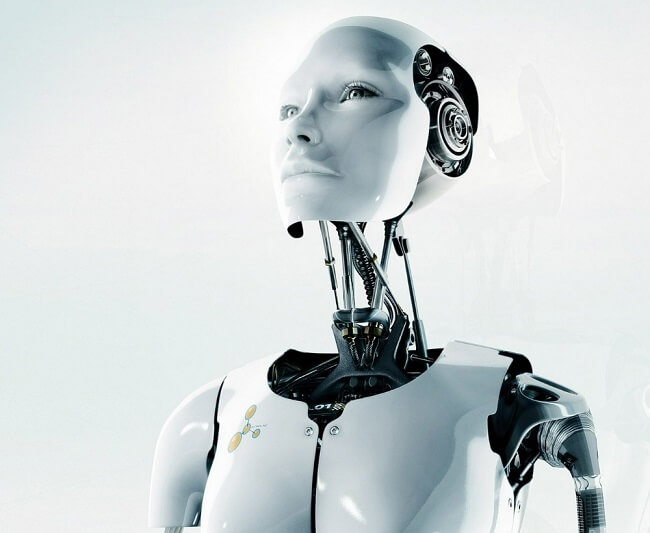While the general objective of Artificial Intelligence (AI) work is the development of machines which exhibit intelligent behavior, this statement is in itself too broad and ambiguous to be meaningful.
The following paragraphs will describe some of the areas of Artificial Intelligence (AI) which are presently being pursued as distinct areas of research.

Problem solving – Examples of problem-solving systems are the chess-playing programs. Given a set of rules and strategies these systems are capable of playing chess on a proficient level.
Problem solving does not necessarily restrict itself to games. Consider, in the future, telling your household robot to fetch the paper.
On the way to solving the problem of retrieving the paper the robot must identify and solve a number of smaller problems, hopefully in the most efficient sequence.
First, the robot must identify a possible path to reach the paper, then it must deal with obstacles along that path, such as opening the door.
Finally, it must deal with grasping the paper and returning it. Almost all tasks with which we are confronted daily involve problem solving.
Design of a system requires the breaking down of the problem into successively smaller problems until the solutions begin to become evident.
At this point, we must ‘show’ robots all of the motions required to perform an assembly task. A robot endowed with a form of ‘problem solver’ may be able to develop the assembly strategy itself.
The techniques of problem solving are the same whether developing a robotic assembly strategy solver or some other problem solver.
Natural language – In spite of the proliferation of computers into department stores, many people are still uneasy or uncomfortable dealing with computers.
This is due in part to the need to talk to a computer in its language rather than the user’s ‘natural’ language.
The problems facing natural language researchers are numerous.
The computer must not only be able to understand the meanings of words, but how those meanings may differ in context with other words.
The system must also be able to understand the syntax of the language so that the relationships of the words is understood.
Imagine the possible meanings for ‘Time flew out the window‘ if taken purely from a grammatical standpoint.
Expert systems – This area of research is concerned with developing systems that appear to behave as human experts in specific fields.
Through a dialog with a human operator an expert system can recommend tests to be performed and ask appropriate questions until it arrives at a conclusion.
At present, expert systems are being used to configure computer systems, design circuits, and perform medical diagnosis.
Some of the issues involved with the design of expert systems include the problems of dealing with vast amounts of data, explaining the system’s ‘reasoning‘ on the way to reaching a conclusion, representing the data collected from the human experts, and improving the ‘knowledge base‘ with experience.
Learning – One of the attributes of intelligence is the ability to learn from experience. If machines were capable of learning then the task of endowing them with knowledge, as in the case of expert systems, would be greatly simplified.
Some systems have been developed which have shown the ability to learn from experience, but to this date limited progress has been made.
Vision – Most of the basic concepts employed in commercial vision systems are the result of AI research.
One of the more interesting goals of Artificial Intelligence (AI) vision research is to permit the systems to perform scene analysis.
That is, present the vision system with a scene and allow the system to identify objects within the scene.
Some of the other areas of AI research include: automatic programming, hardware development, and deductive reasoning.
Inference – The very definition of an Artificial Intelligence (AI) system is that it should be able to deal with ‘incomplete on uncertain informations.’
The information may be incomplete, corrupted, or just noisy. As an example a vision system looking for a part may not have exact information due to varying lighting conditions the object being excluded, etc.
There are several such examples such as, a dark region in a picture could be a shadow, or a hole in the surface. The robot will need to ‘infer’ in such cases based on other data.
A dark region may not be a shadow if there are no objects near by in depending on the direction of light.
Search – In AI, search means efficiently finding the answer from a wide representation of data. While playing a game there are several moves possible, but which is the best move?
AI Techniques
AI is concerned with the use of data or knowledge. Therefore techniques must be developed for two basic tasks: data representation and data manipulation.
In this section, we will look at some of the approaches for representing data and using that data in some specific manner.
We will not discuss actual programs for doing this, only the general techniques which might be employed by AI programs.
| Read More Topics |
| Gen of robot programming languages |
| Robotics vision and control |
| Proximity and range sensors |
| Machine loading and unloading |





